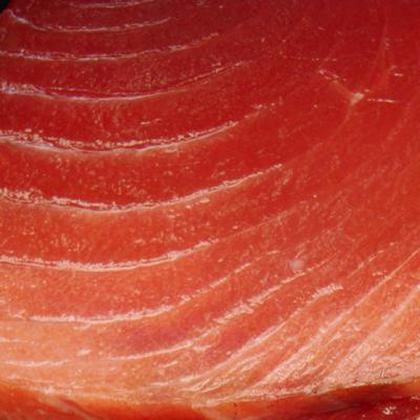Showing results for 'Tuna'
close
Tuna

Tuna is a sleek and streamlined fish, adapted for speed. They are many varieties, some on the edge of extinction. Tuna is used in a variety of foods from appetizers, sushi, entrees, to sandwich spreads depending on the quality of the tuna.
Tuna Pairs With:
Food Item
Flavor Affinity Level

Did you know there are 205 food flavor pairings in my database for Tuna available. What you are seeing above is a random list of 30 items which pair with Tuna.
For the entire list, beautifully formatted, enter your email address and click the download button below, then I'll email it to you as a PDF.
Tuna Properties:
| Food Property | Type | Description |
|---|---|---|
| Flavor Profile | Umami | Tuna has a savory and meaty flavor that is characteristic of foods high in umami. |
| Texture | Firmness | Tuna has a firm texture that holds up well to various cooking methods such as grilling or searing. |
| Nutritional Value | Macronutrients | Tuna is a good source of protein and healthy fats, making it a nutritious addition to a balanced diet. |
| Micronutrients | Tuna is rich in several essential vitamins and minerals, such as vitamin D, B vitamins, and selenium. | |
| Color | Natural Pigments | Tuna flesh is typically pink or reddish in color due to natural pigments like myoglobin. |
| Aroma | Volatile Compounds | Tuna has a mild aroma that is not overpowering, allowing it to pair well with a variety of flavors and ingredients. |
| Chemical Composition | Water Activity (aw) | Tuna has a relatively low water activity, which helps preserve its freshness and shelf life. |
| Cooking Behavior | Heat Conductivity | Tuna has a high heat conductivity, allowing it to cook quickly and evenly when seared or grilled. |
| Water Retention | Tuna retains moisture well when cooked properly, preventing it from becoming dry or tough. |
Food Pairing App - Version 1.2.0
